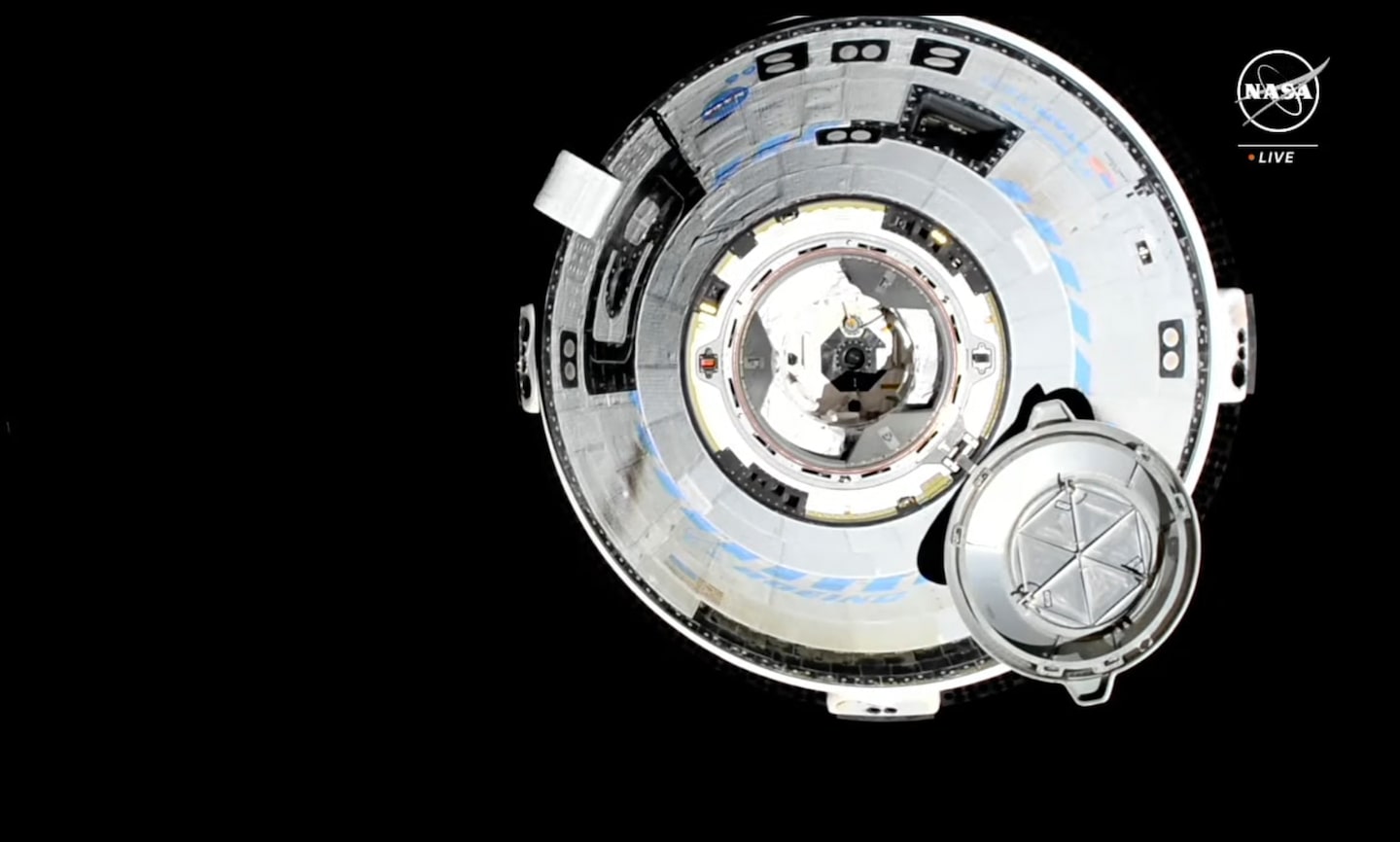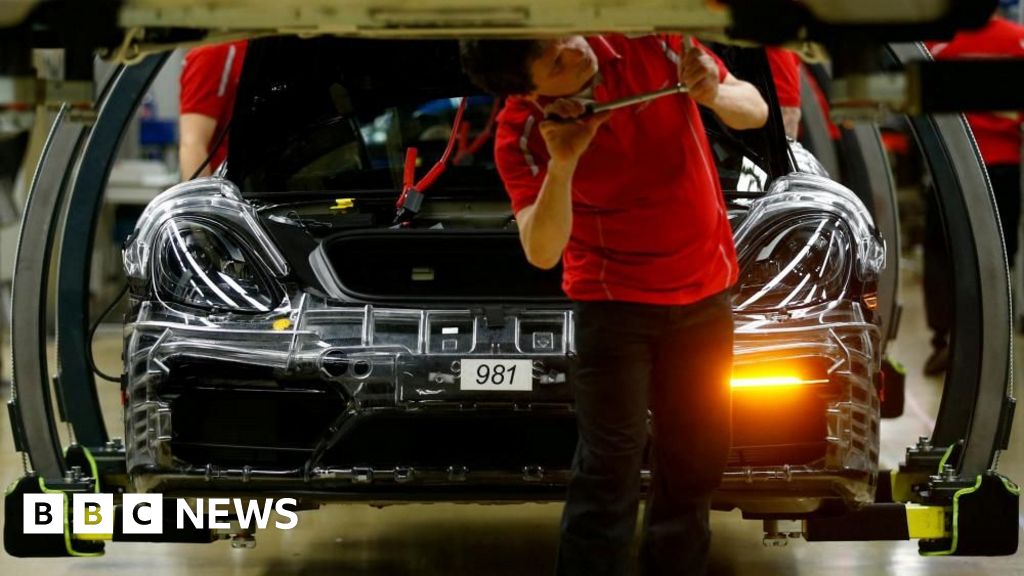
Boeing’s Starliner docks with space station after NASA troubleshoots issues
- Science
- June 7, 2024
- No Comment
- 113
Starliner lifted off Wednesday at 10:52 a.m. from Cape Canaveral, Fla., atop an Atlas V rocket, carrying NASA astronauts Sunita Williams and Barry “Butch” Wilmore. Several hours after reaching orbit, ground controllers noticed two helium leaks in the spacecraft’s propulsion system that were in addition to an earlier leak that crews had been troubleshooting in the weeks leading up to the launch but decided did not pose a risk.
NASA and Boeing decided that the spacecraft could continue to proceed with docking with the space station despite the discovery of the additional helium leaks. The helium is used to provide pressure to the flow of propellants through the propulsion system. It is not combustible or toxic, and officials said it posed no risk to the astronauts.
As Starliner approached the station Thursday morning, NASA reported that as many as five of the spacecraft’s small “reaction control system” thrusters, used to make small maneuvers in orbit, had failed. NASA held the spacecraft out at some 850 feet before allowing it to proceed closer to the station, while Wilmore took over control of the autonomous spacecraft as part of a preplanned test of the manual controls.
GET CAUGHT UP
Summarized stories to quickly stay informed
The teams were able to eventually bring four of the thrusters back online. And as ground crews continued to study the balky thrusters, they asked Wilmore to manually fly the spacecraft to the edge of an invisible barrier about 650 feet away from the station known as the “keep-out zone.”
Ground crews sent commands to fire the thrusters, then asked Wilmore and Williams whether they could feel the vibrations. Once they reported that they could for at least four of them, NASA decided they could proceed with docking.
Steve Stich, NASA’s commercial crew program manager, said in a briefing after the docking that the problem with the thrusters was not related to the helium leak. The thrusters were shut down by sensors on the spacecraft, he said, but it was unclear what caused the software to force them to stop firing. Starliner also had similar problems with its thrusters on a test flight in 2022 without anyone on board, and NASA and Boeing had worked to address them before this mission.
“We don’t quite understand why that’s happening,” Stich said. The teams will “take a little bit more time to figure out what’s going on with the thrusters. … I think we’re missing something fundamental that’s going on inside the thruster.”
Still, “when they’re active and firing, they’re producing the right amount of thrust,” he added.
He said the thruster issues won’t be a problem when the spacecraft leaves the station and flies home because the spacecraft won’t have to maneuver like it does when trying to align itself with the station. A fourth helium leak was detected after Starliner docked with the station. But it also does not pose a problem for the return flight, Stich said.
Mark Nappi, who oversees the Starliner program for Boeing, downplayed the issues, saying the helium leaks and thruster failures “are pretty small issues to deal with, and we’ll figure them out for the next mission. So I don’t see these as significant at all.”
With Williams and Wilmore aboard the station, there are now nine people, seven Americans and two Russians, currently living there. To protect them, visiting spacecraft have to remain at a safe distance before they are allowed to approach. When Starliner was given the go-ahead to approach the space station, it crept along at just a few inches per second.
The crew is expected to stay on the space station for a week or more, then fly back to Earth in the final leg of the mission, which would test the vehicle’s heat shield and parachute system. If all goes well, NASA would certify the vehicle for regular crew rotation flights, carrying a full contingent of four astronauts to and from the station.
NASA has been relying on SpaceX to fly its astronauts to the station since it first successfully completed a crewed test flight four years ago. But it has been eager for Starliner to come online so that it would have another American spacecraft able to transport its astronauts.
After the retirement of the space shuttle in 2011, NASA was forced to rely on Russia to fly its crews to the space station.
#Boeings #Starliner #docks #space #station #NASA #troubleshoots #issues








